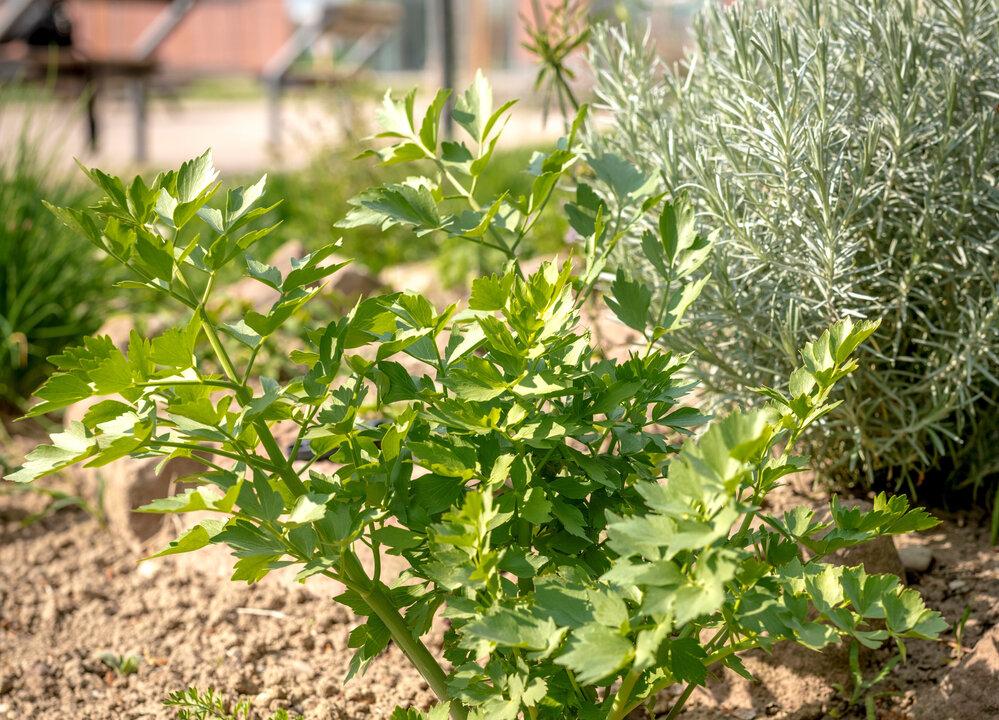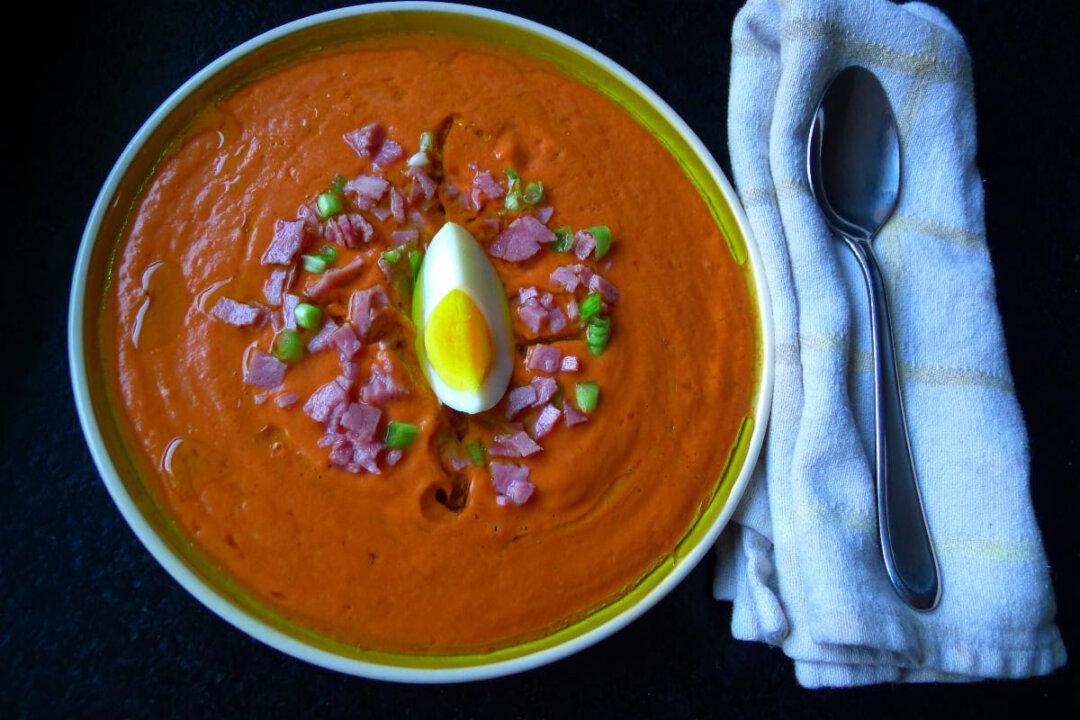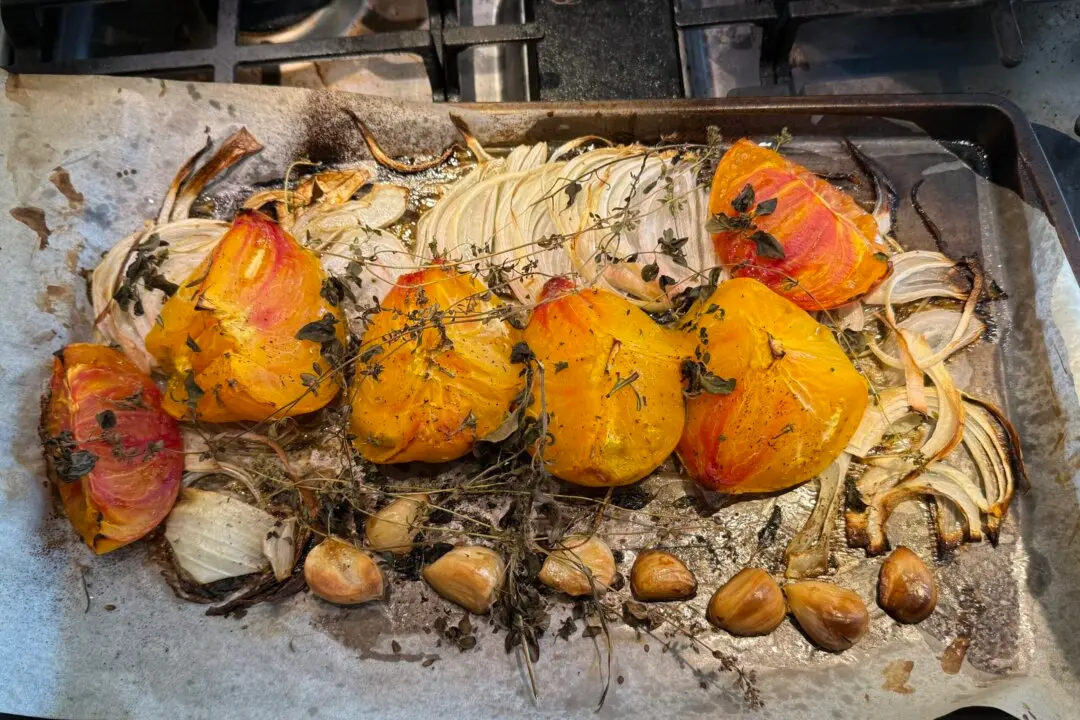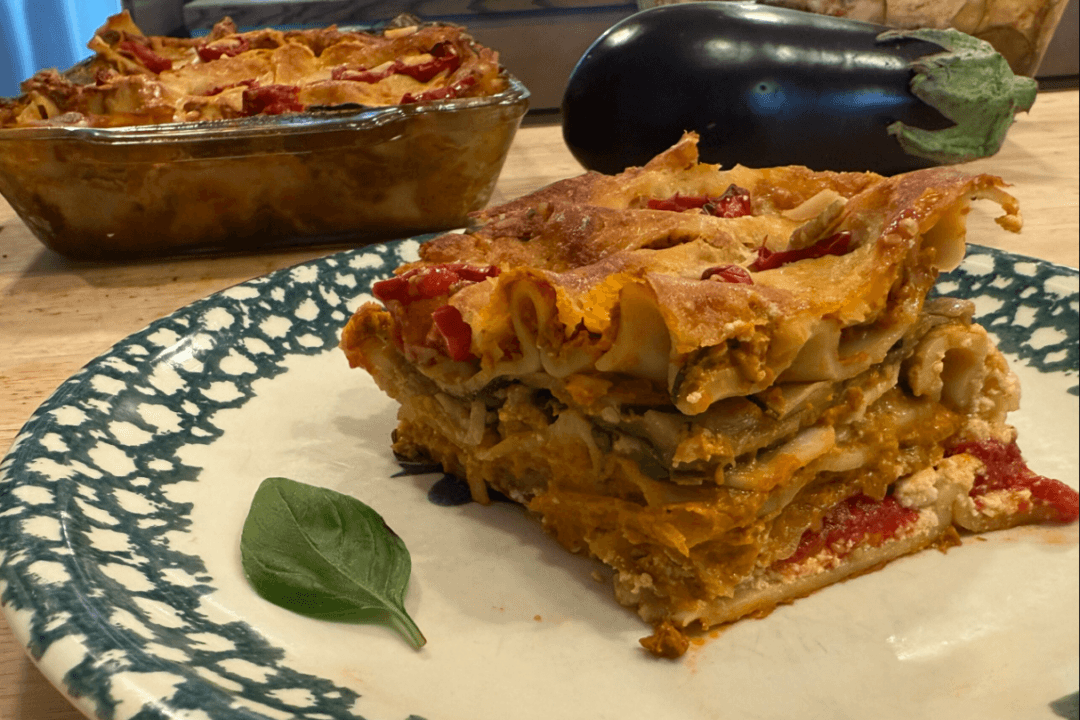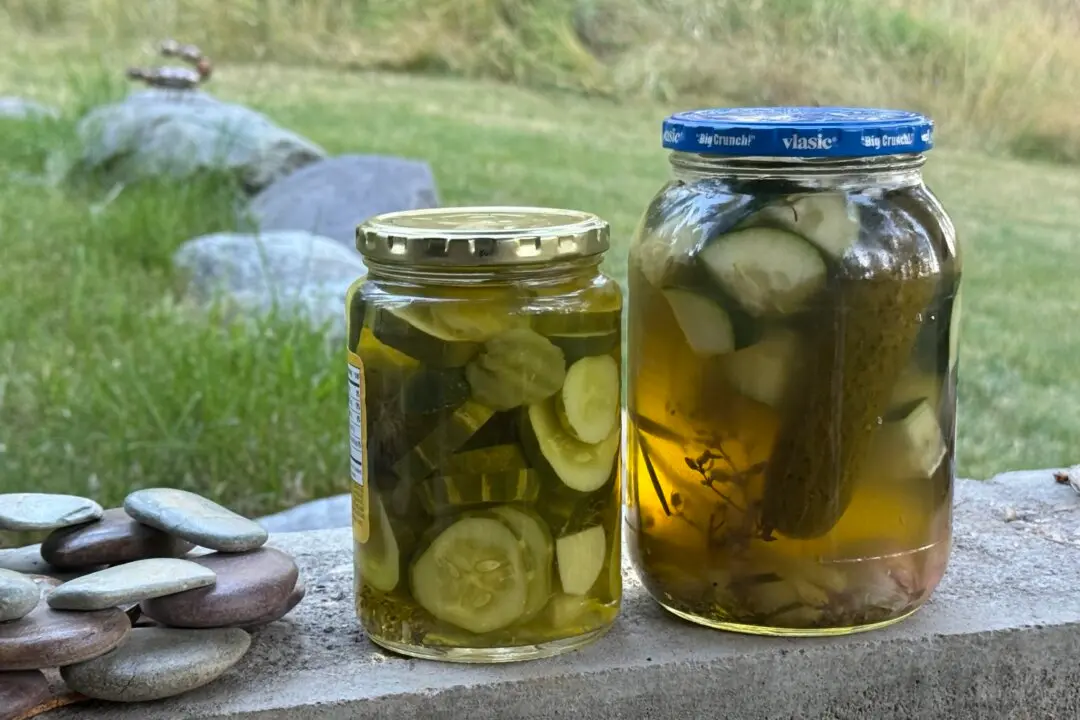I first felt the power of lovage in a box of Rapunzel brand Vegetable Bouillon With Herbs. After my first taste, I had to double-check the label to make sure that it was, indeed, meat-free. Then I read the fine print to figure out why.
Along with some familiar suspects—garlic, celery, parsley, dill, basil, turmeric, brewer’s yeast, salt, and oil—the bouillon contained this crazy little ingredient called lovage. I figured it was the missing link to complete the flavor of this satisfying elixir. I searched the grocery stores around town and found two more brands of vegetarian stock that also contained lovage. These brands also had rich, deeply satisfying flavors.

